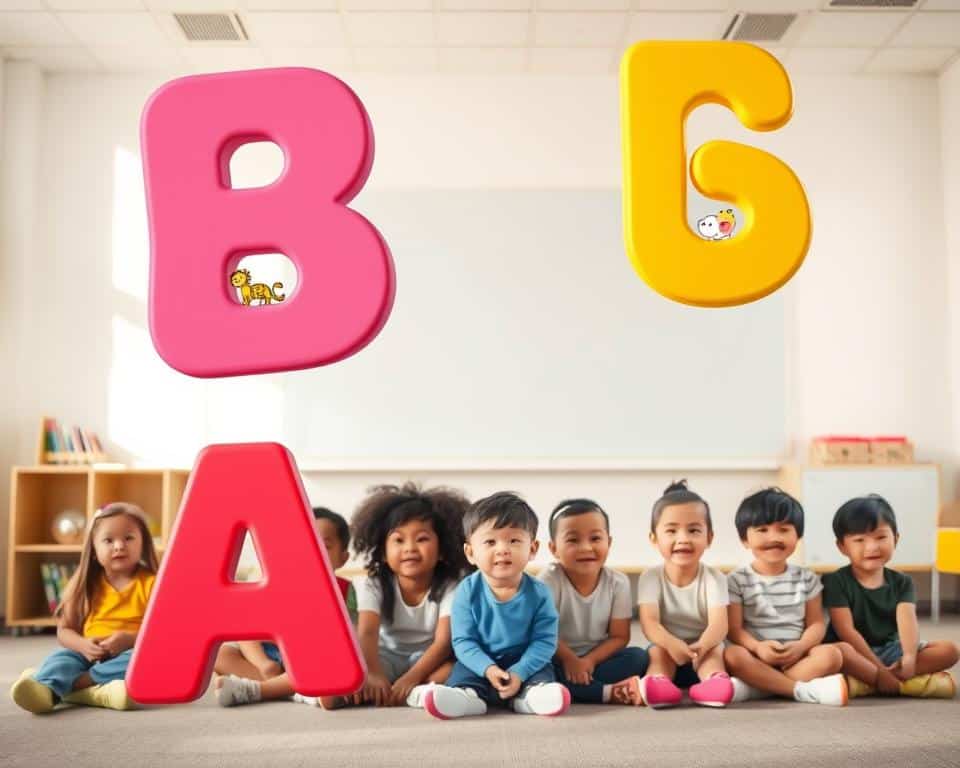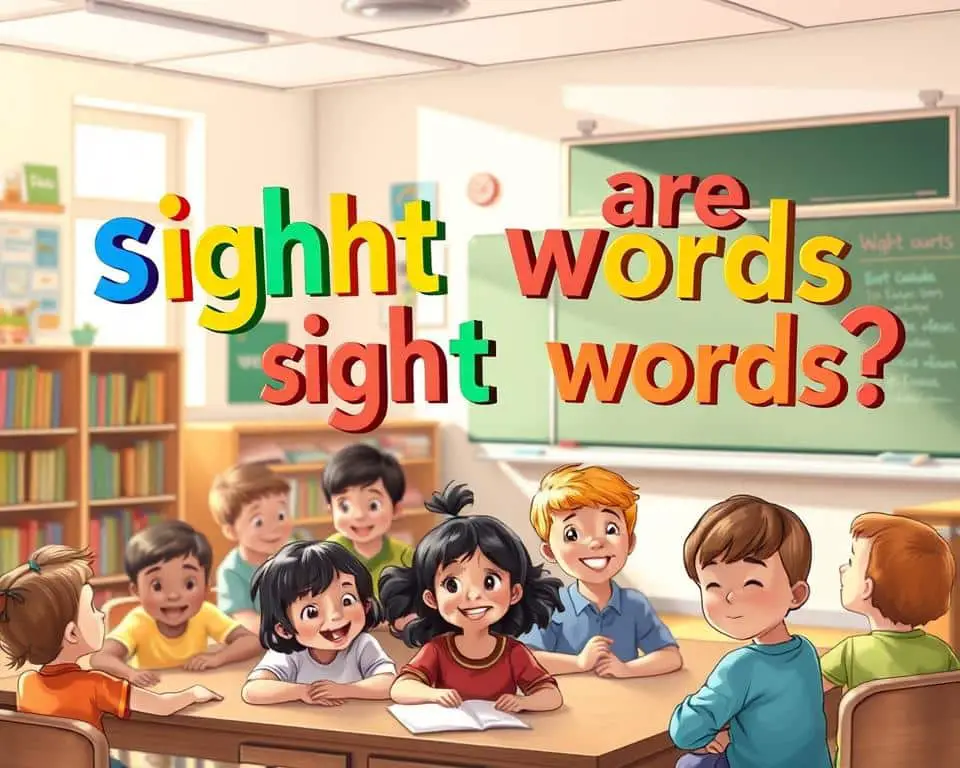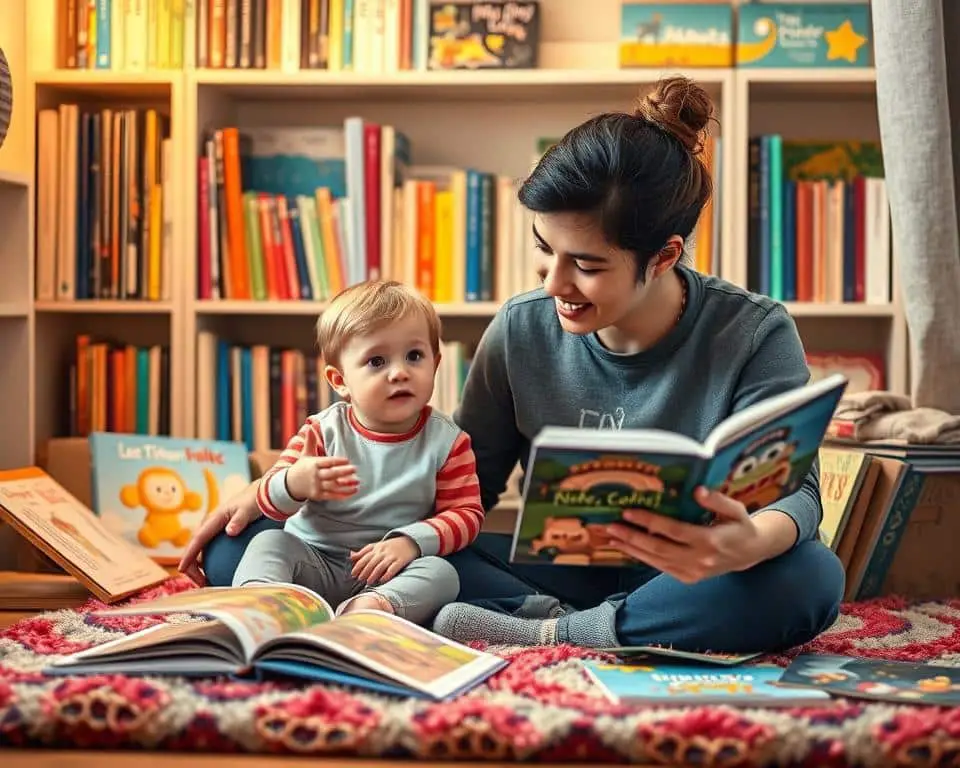Teaching reading to beginners is more than just recognizing words. It includes word recognition, language understanding, spelling, and writing. A structured approach is key to mastering these skills and building a strong literacy foundation. This guide will cover the essential strategies and techniques for teaching reading basics and beginner techniques.
Understanding these literacy development strategies is crucial. It prepares you for more detailed discussions in the following sections.
Key Takeaways
- Approach teaching reading with a comprehensive strategy.
- Emphasize word recognition, language comprehension, spelling, and writing.
- Lay a strong foundation to ensure effective literacy development.
- Use structural methods to improve beginners’ reading techniques.
- Prepare to dive deeper into effective teaching strategies in the following sections.
Understanding the Importance of Teaching Reading
Reading is a key skill that helps us learn throughout our lives. It’s vital for doing well in school. Louisa Moats, a top literacy expert, says teaching reading well means knowing all its parts.
Students who read well early on do better in school. They can understand and learn more complex subjects. This shows how important reading is for success in education.
For kids, reading opens doors to learning in many areas. It helps grow their brains, improves focus, and adds to their vocabulary. Teachers and parents who know how to teach reading help kids become good readers. This prepares them for future success.
Good reading skills do more than help in school. They can lead to going to college and finding better jobs. This makes teaching reading a key part of education. By teaching the value of reading, teachers help create a literate and capable future.
Fundamentals of Phonics
Phonics is key in teaching reading because it links sounds to spellings. It’s vital for early education, helping both teachers and parents. Phonics helps kids decode words, making reading smoother and clearer.
A good phonics program uses clear and systematic methods. Tools like the HOMER app are great because they make learning fun and interactive. This boosts early reading skills.
- Phonemic Awareness: Focusing on the ability to hear and manipulate sounds in words.
- Letter-Sound Correspondence: Teaching how letters correspond to specific sounds.
- Blending: Combining individual sounds to form words.
- Segmenting: Breaking words down into their individual sounds.
Using these methods in a structured way helps students build a solid reading foundation. Regular practice makes these skills second nature. This shows why phonics is crucial for learning to read.
Phonics has many benefits. It improves reading skills and boosts confidence in young learners. This sets them up for success in school.
| Phonics Technique | Description | Example |
|---|---|---|
| Phonemic Awareness | Identifying and manipulating sounds in words | Hearing the sounds /c/ /a/ /t/ in “cat” |
| Letter-Sound Correspondence | Associating letters with their sounds | Knowing that “b” makes the /b/ sound |
| Blending | Combining sounds to form words | Blending /p/ /a/ /t/ to form “pat” |
| Segmenting | Breaking words into individual sounds | Breaking “dog” into /d/ /o/ /g/ |
Teaching Letter Sounds Over Letter Names
Teaching kids the sounds of letters, not just their names, changes reading education early on. This method highlights the letter sounds importance over just knowing letter names. It builds a strong base for phonics skills.
By focusing on letter sounds, kids connect symbols with the sounds they make. This is key to reading fluency. Using phonemic teaching strategies helps make these connections. It helps kids read words better, setting them up for success.

How to Teach Uppercase Letters First
Starting with uppercase letters can make learning easier for kids. These letters are more different from each other. This makes it simpler for children to spot and recall them. Using Engaging Sensory Techniques in teaching can really help. Mixing sight and touch helps kids learn letters better and remember them more.

Using textured materials is a big plus. Kids can touch and feel these materials, which is great for learning. For example, sandpaper letters, textured flashcards, or clay letters make learning fun and memorable.
Visual aids in class can also help. Using different colors and sizes for uppercase letters makes them pop. Mixing these visual aids with hands-on activities helps kids connect better with what they’re learning.
| Method | Description |
|---|---|
| Textured Materials | Using materials like sandpaper for tactile engagement. |
| Visual Aids | Highlighting uppercase letters with distinct colors and sizes. |
| Clay Letters | Forming letters with clay for a hands-on learning experience. |
These methods make learning letters fun and easy for kids. Adding Engaging Sensory Techniques to teaching is a smart move. It helps young learners learn uppercase letters well and enjoy their learning journey.
Using Sight Words Effectively
Knowing what are sight words is key to teaching reading well. Sight words are common words that kids should know right away, without needing to sound them out. They show up a lot in books, helping kids read smoothly and understand better.
Using sight words in daily reading is a smart move. Here are some ways to do it:
- Flashcards: Make sight word flashcards and check them with your students often.
- Sight Word Games: Play games like Bingo or memory match to make learning fun and hands-on.
- Reading Practice: Have students read sight words in books often. This helps them get better at reading.

- Writing Exercises: Have kids write sentences with sight words. This helps them practice spelling and reading.
- Visual Aids: Put up posters of sight words in the classroom. This makes the classroom a place full of words.
Adding sight words to daily activities boosts reading skills. With fun and regular practice, kids can learn sight words quickly. This opens the door to more reading abilities.
Balancing Instructional Elements for Reading
Creating a structured learning environment is key for balancing reading instruction. It’s about mixing Low vs. High Challenge Activities to keep all students engaged. This balanced approach uses various strategies to improve learning outcomes.

- Differentiation: Finding out what each student needs and giving them tasks that match their reading level. This way, teachers can easily mix Low vs. High Challenge Activities.
- Incremental Progression: Slowly making reading tasks harder helps avoid frustration and keeps students interested. This gradual increase is vital for balanced reading instruction.
- Interactive Tools: Using interactive reading apps and tools helps different learning styles. They offer both easy and challenging levels smoothly.
Remember, balancing reading instruction is a long-term plan. It’s about meeting the varied needs of students to improve literacy and learning.
| Low Challenge Activities | High Challenge Activities |
|---|---|
| Flashcards for sight words | Critical analysis of short stories |
| Guided reading practices | Independent book projects |
| Story retelling with prompts | Writing book reviews |
Interactive and shared reading make reading fun and engaging for kids. They involve both the reader and the listener, creating a deeper connection with the story.

One big interactive reading benefit is that it gets kids to think critically. They start asking questions and guessing what happens next. This helps them understand and remember what they read better.
Shared reading sessions are also very effective. They bring kids and adults together to read and talk about the story. This way, they learn new words and improve their communication skills.
Using interactive reading benefits and shared reading sessions regularly can really help kids get better at reading. It makes reading a fun and educational activity. This helps kids develop a love for learning that lasts a lifetime.
Making Reading Fun and Enjoyable
One great way to make reading fun is by adding Engaging Activities for Reading Practice. Mixing play with learning helps kids love reading more. Here’s how to make reading sessions fun:
- Read-Aloud Games: Use different voices for characters and ask children to guess who is speaking.
- Story Dice: Roll dice to create random elements of a story, encouraging creativity and narrative skills.
- Word Hunts: Turn reading sessions into scavenger hunts by asking students to find certain words or letters on a page.
- Interactive Flashcards: Use digital or physical flashcards with words and pictures to make reading practice more engaging.
- Reading Forts: Set up a cozy reading area or fort where children feel safe and excited to dive into their books.
Adding Engaging Activities for Reading Practice makes learning more fun. Here are some ideas:
| Activity | Details |
|---|---|
| Character Role-Playing | Children pick their favorite characters from the book and act out scenes. |
| Book-Themed Art Projects | Create drawings or crafts based on the book’s story or characters. |
| Interactive Story Boards | Use a board to let children add their own plot twists and characters. |
| Reading Relays | Turn reading sessions into competitive yet friendly relay races. |
By using these Engaging Activities for Reading Practice, learning becomes fun. This can help kids love reading for life. It also makes learning better for them.
How to Teach Reading for Beginners
Teaching reading starts with simple steps. Beginners should learn letter sounds first, not just names. This is the core of phonics. Using uppercase letters at the start helps kids see and hear letter sounds better.
Teaching sight words with phonics boosts vocabulary fast. Mixing these methods gives a full reading education. Fun, interactive reading activities make learning fun and effective.
Adding reading to daily life helps a lot. The aim of starting reading instruction is to make reading fun and build skills. Regular practice and a supportive atmosphere help kids become confident and excited about reading.
Building Vocabulary Through Conversation
Conversation is key in learning new words. It makes learning fun and natural. By talking often, beginners pick up new language skills easily.
Using storytelling, listening well, and talking every day helps a lot. These methods let learners share their thoughts and get feedback right away. This helps them grow in speaking and understanding.
| Strategy | Benefit |
|---|---|
| Storytelling | Introduces new words in context, making them easier to remember. |
| Active Listening | Enhances understanding and retention of vocabulary. |
| Daily Conversations | Facilitates practical use of new vocabulary in real-life scenarios. |
Teachers can make learning exciting by using these methods. This way, beginners get a strong start in reading and understanding.
Incorporating Technology in Teaching Reading
Technology has changed many parts of our lives, including education. Reading apps for beginners offer big benefits, making learning to read easier. Apps like HOMER give a personalized learning experience, adjusting to each child’s level and progress.
These apps also make learning fun for young kids. They use interactive and entertaining content. This keeps kids interested and helps them love reading. Multimedia like animations and sound effects make learning fun and engaging.
Integrating technology in reading instruction can greatly enhance the learning experience, giving children the tools they need to succeed in a digital world.
Studies show that technology helps beginners improve their reading skills. Reading apps designed for learning support phonics, word recognition, and comprehension. They offer practice and assessments to help kids get better.
- Personalized Learning: Adjusts to the user’s reading level and provides custom content.
- Interactive Engagement: Uses multimedia elements to make reading fun.
- Frequent Feedback: Offers instant assessments to help identify areas for improvement.
| App Name | Key Features | Recommended Age |
|---|---|---|
| HOMER | Personalized lessons, interactive activities, phonics and comprehension focus | 2-8 years |
| ABCmouse | Comprehensive curriculum, engaging games, progress tracking | 2-8 years |
| Reading Eggs | Storybooks, skill-building exercises, rewards system | 3-7 years |
Using these tools with traditional teaching methods can greatly improve reading skills. It helps build a strong foundation for lifelong reading.
Conclusion
We’ve looked at how to teach reading to beginners. It’s very important. We started with phonics, teaching sounds over names.
Using uppercase letters first helped a lot. Sight words and interactive reading made it fun. This way, learning to read became enjoyable.
Adding technology and conversations helped grow vocabulary. This made reading a fun and complete experience.
Now, educators and parents have the tools they need. They can create a great reading environment. This will help beginners love reading for life.
By using these strategies, learning to read will be rewarding. It will also help beginners succeed in the future.



